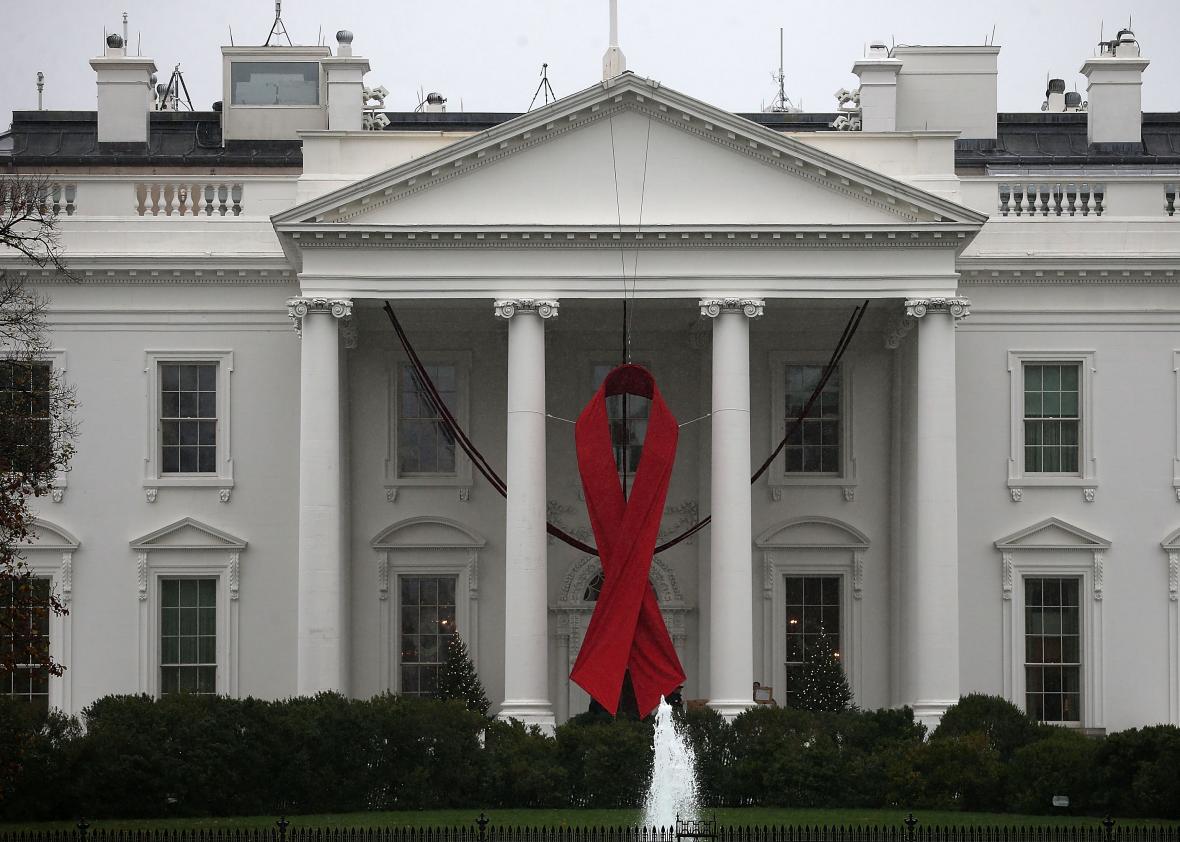Mark Wilson/Getty Images
While progress toward a vaccine and even a functional cure for HIV has accelerated in recent years, a major obstacle has been the “viral reservoir”—locations and cell types in a body where the virus can persist at very low levels even when treatment has succeeded at making it undetectable in the blood by standard testing. Indeed, while recent research has shown that patients on properly administered antiretroviral drugs are essentially noninfectious—there are so few copies of the virus in their blood and other fluids that they cannot transmit it to others—disruptions to therapy will see the virus quickly rebound from the reservoir. A functional cure for HIV, then, will require a method of eradicating the virus both in the blood and in the cells and tissues that make up this hidden reservoir—and with a new study out from Northwestern University on Wednesday, we’re one step closer to just that.
Published in the Jan. 27 issue of Nature, the study reports that even in undetectable patients, HIV is still replicating in the lymphoid tissues—a part of the immune system that’s spread among structures like the lymph nodes, tonsils, and spleen. Previously, researchers had thought that the reservoir contained “long-lived infected cells in a resting state,” particularly because they were not seeing the drug resistance one would expect to develop if HIV was reproducing in the presence of medication. But these results show that new cells are actually being infected in these “sanctuaries”—at low enough levels to avoid necessarily producing drug resistance—and then moving through the body. When drug therapy stops, these are the cells that reignite viral production.
Dr. Steven Wolinsky, an author on the paper and chief of infectious diseases at Northwestern University Feinberg School of Medicine, characterized the discovery as a huge step forward. “We now have a path to a cure,” he said. “The challenge is to deliver drugs at clinically effective concentrations to where the virus continues to replicate within the patient.” In other words, now that we know where the virus is persisting even in those under treatment, we know where to target it for eradication, once and for all.














